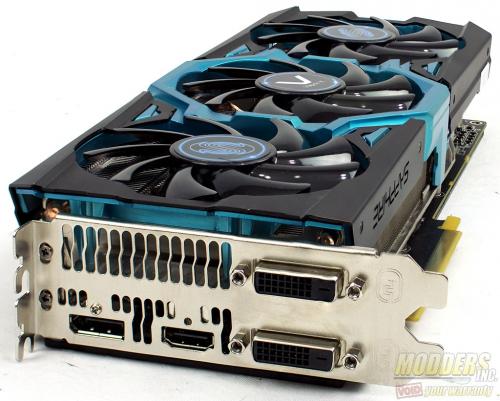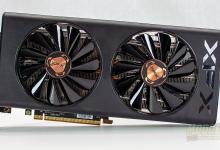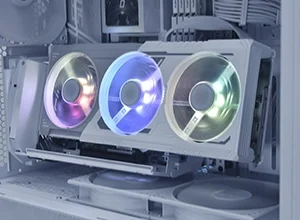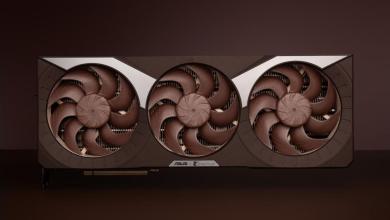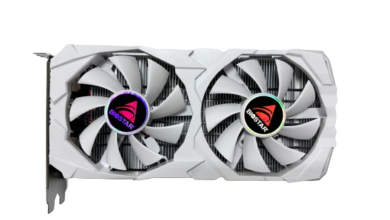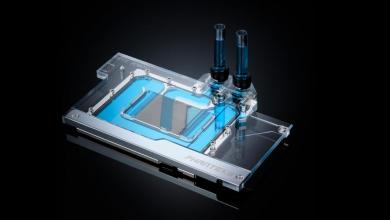Sapphire Vapor-X R9 290x 8GB Tri-X Video Card Review
Conclusion
At this point in time, 8 gigabytes of VRAM is way overkill for pretty much all gaming except for gaming at 4K. The Sapphire Vapor-X R9 290X does its job and does it well. This card chewed through all of our 1080p benchmarks without breaking a sweat. Really, we didn’t start stressing the card all the much until we moved above 1920x 1080 resolution. For now at least, I am stuck with a 1080 monitor, but I should be able to get a good indication of performance above 1080 using AMD’s VSR. VSR is very similar to Nvidia’s DSR. It allows the scene to be rendered at a higher resolution, then scaled back down to fit your monitor.
I tried to find a benchmark that would allow me to load up the memory on the Sapphire Vapor-X R9 290x, but I couldn’t. All the applications that I did try mainly used the GPU to accelerate processing. In Photoshop, I stitched 20-30 24 mp images together, and only after all the imaged were stitched together did Afterburner show an increase in VRAM usage, and it went from 400 MB to 654 MB. Another avenue I tried was AutoCAD. I downloaded the latest version as well as the latest version of Catalyst Benchmark with similar results, only this time I saw 1 GB of memory usage. And on this front the hunt continues.
The overclocking experience with the Sapphire Vapor-X R8 290x was good. I was able to push the core up to 1135 MHz and the memory to 1525 Mhz. With the overclock applied, I didn’t see temperatures reach above 65° C nor did the fan speeds exceed 2000 RPM.
The Vapor-X cooler that sits on top of the GPU works well. During all the testing, I never did see the GPU raise above about 65°C nor did I hear the fans spin up much during testing. It still shocks me to see fans stop spinning. When the card is idle, the center fan is the only fan that spins at a low enough RPM to almost be silent.
I am honestly conflicted about the Sapphire Vapor-X and a little confused where this card sits in the market place. The R9 290x is a strong performer however, with Nvidia’s release of the Maxwell, AMD slashed prices and a 4GB version of this card can be had for less than $350.00. And while adding more VRAM to the card is certainly a novel idea, it doesn’t really do a whole lot in terms of consumer performance. Doubling the RAM pushes the price tag to right at 500.00 on the high side of the price scale. Honestly, it just puts it too close to the price of a GTX 980 for me. In terms of where it sits and where it can be used, maybe there is a small market segment between the consumer-class cards and the FireGL Pro/Quadro cards.
Overall, the card works great; just as expected from the folks over at Sapphire. However, unless you are going to be running a multi-4K monitor set-up, this card is not for you. A much better option would be the Sapphire Vapor-X 290x 4GB card with 4 gigabytes of RAM on board. In terms of specifications, this is still one of the best sub-$500.00 GPUs on the market. It overclocks easily, performs well, and looks good to boot.
[sc:approved_award ]